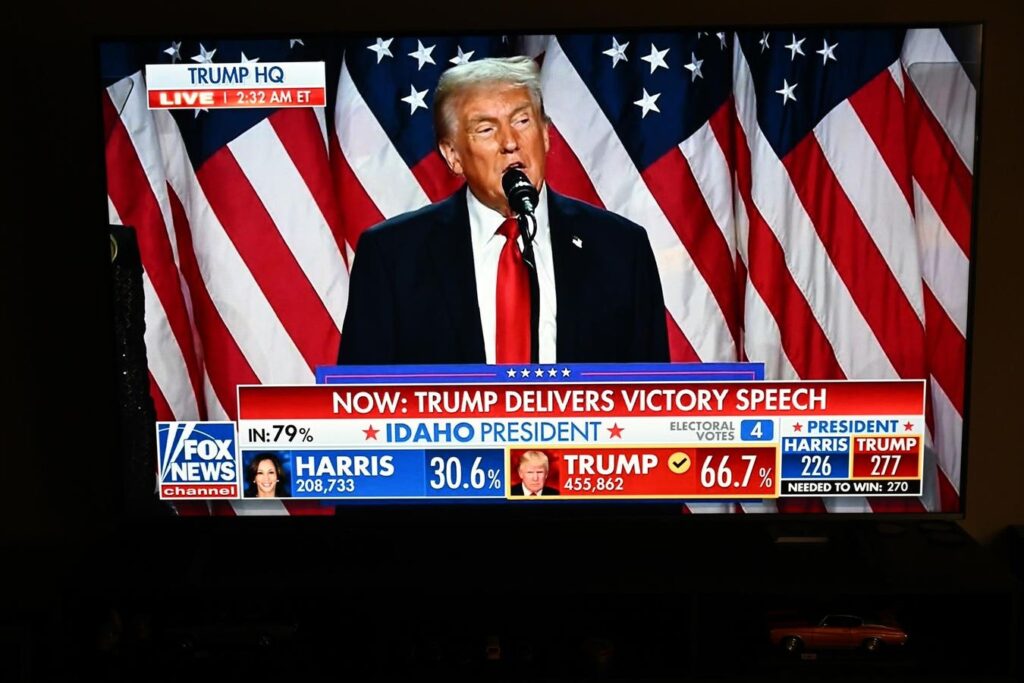Donald Trump’s return to the presidency after the elections of November 2024 is accompanied by expectations that taxation will be a primary focus of his administration, especially with Republican control of the Senate and potentially the House of Representatives. His victory speech indicated optimism, but the realities of implementing his promised tax policies reveal a complicated landscape. While Trump is expected to initiate substantial changes, including the extension of several expiring provisions of the 2017 Tax Cuts and Jobs Act (TCJA), significant internal and external challenges will influence the outcomes of these tax policies.
The expiring provisions of the TCJA are anticipated to be extended, although the process will likely be fraught with contention, particularly regarding funding and specific details. If Democrats maintain control of the House, discussions on expanding the Child Tax Credit (CTC) will become a priority, while Republican legislators will also contend with issues such as the state and local tax (SALT) deductions and the corporate tax rate. Given the TCJA’s estimated cost of over $4 trillion for extensions, the logistical hurdles of funding will complicate negotiations among GOP lawmakers.
Trump’s campaign was marked by bold promises for new targeted tax cuts, including significant reductions in corporate tax rates and various deductions for households. However, the actual pursuit of these tax cuts will depend on political dynamics and fiscal realities. The proposed exemptions from taxation of tips, overtime, and Social Security benefits, along with further tax credits, may struggle for implementation as the administration attempts to navigate competing interests and legislative priorities in its first term.
One area that could potentially foster bipartisan support is the Child Tax Credit. Although Trump’s running mate, Sen. JD Vance, proposed significant increases to the credit, Trump himself has yet to endorse such measures. The landscape further complicates with the upcoming retirement of other Republican leaders, such as Sen. Mitt Romney, who have championed related tax adjustments. Moreover, implications regarding the Affordable Care Act (ACA) and how it integrates with Trump’s broader tax agenda, particularly around the expiration of ACA premium tax credits, remain uncertain as he pledges to develop a replacement concept for the ACA.
Tariffs were a key part of Trump’s campaign, and he is positioned to act without significant legislative approval to implement them. However, proposed tariffs may face resistance even from within his party, particularly from legislators representing agricultural states concerned about retaliatory trade actions. As Trump’s previous term demonstrated, there is a delicate balance between pursuing economic nationalism through tariffs and maintaining stable agricultural exports.
Another significant challenge lies in the future of IRS funding, which has been a point of contention since President Biden’s administration secured budget increases for enhanced agency operations and taxpayer enforcement. Republican lawmakers are expected to push back on these funding increases, particularly focused on enforcement and the agency’s Direct File program. Finally, Trump might revisit the idea of installing political appointees within the IRS, aligning with proposals from Project 2025, which aimed to increase loyalty within federal agencies, though this is contentious given the IRS’s historical non-partisan nature. As Trump’s upcoming tax policy seeks to address organizational reform and aggressive tax proposals, the urgency of TCJA expirations will propel the tax agenda to the forefront in his first year.

